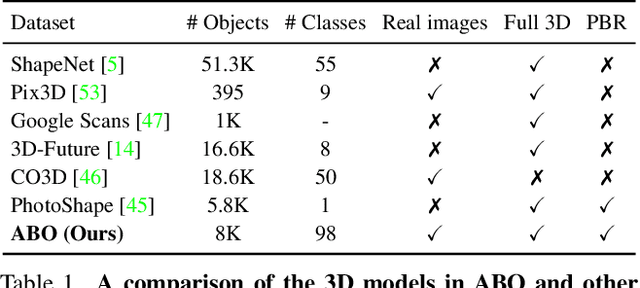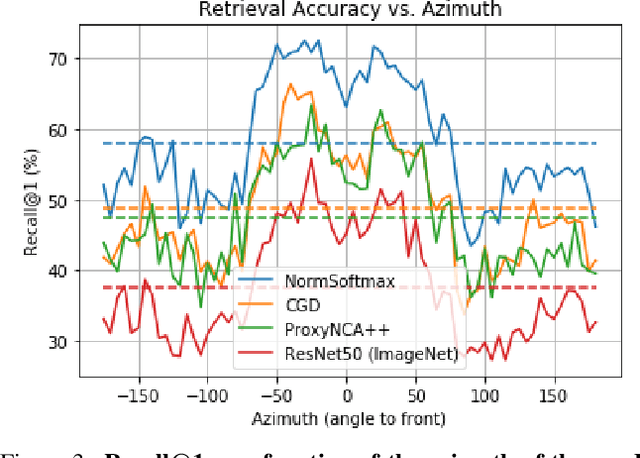Kenan Deng
VLAP: Efficient Video-Language Alignment via Frame Prompting and Distilling for Video Question Answering
Dec 13, 2023Abstract:In this work, we propose an efficient Video-Language Alignment via Frame-Prompting and Distilling (VLAP) network. Our VLAP model addresses both efficient frame sampling and effective cross-modal alignment in a unified way. In our VLAP network, we design a new learnable question-aware Frame-Prompter together with a new cross-modal distillation (QFormer-Distiller) module. Pre-trained large image-language models have shown promising results on problems such as visual question answering. However, how to efficiently and effectively sample image frames when adapting pre-trained large image-language model to video-language alignment is still the major challenge. Compared with prior work, our VLAP model demonstrates the capability of selecting key frames with critical contents, thus improving the video-language alignment accuracy while reducing the inference latency (+3.3% on NExT-QA Temporal with 3.0X speed up). Overall, our VLAP network outperforms (e.g. +4.6% on STAR Interaction and +2.2% on STAR average with 3.0X speed up, ours 2-frames out-perform SeViLA 4-frames on VLEP with 4.2X speed up) the state-of-the-art methods on the video question-answering benchmarks.
HR-NeuS: Recovering High-Frequency Surface Geometry via Neural Implicit Surfaces
Feb 14, 2023Abstract:Recent advances in neural implicit surfaces for multi-view 3D reconstruction primarily focus on improving large-scale surface reconstruction accuracy, but often produce over-smoothed geometries that lack fine surface details. To address this, we present High-Resolution NeuS (HR-NeuS), a novel neural implicit surface reconstruction method that recovers high-frequency surface geometry while maintaining large-scale reconstruction accuracy. We achieve this by utilizing (i) multi-resolution hash grid encoding rather than positional encoding at high frequencies, which boosts our model's expressiveness of local geometry details; (ii) a coarse-to-fine algorithmic framework that selectively applies surface regularization to coarse geometry without smoothing away fine details; (iii) a coarse-to-fine grid annealing strategy to train the network. We demonstrate through experiments on DTU and BlendedMVS datasets that our approach produces 3D geometries that are qualitatively more detailed and quantitatively of similar accuracy compared to previous approaches.
ABO: Dataset and Benchmarks for Real-World 3D Object Understanding
Oct 12, 2021



Abstract:We introduce Amazon-Berkeley Objects (ABO), a new large-scale dataset of product images and 3D models corresponding to real household objects. We use this realistic, object-centric 3D dataset to measure the domain gap for single-view 3D reconstruction networks trained on synthetic objects. We also use multi-view images from ABO to measure the robustness of state-of-the-art metric learning approaches to different camera viewpoints. Finally, leveraging the physically-based rendering materials in ABO, we perform single- and multi-view material estimation for a variety of complex, real-world geometries. The full dataset is available for download at https://amazon-berkeley-objects.s3.amazonaws.com/index.html.
RoomStructNet: Learning to Rank Non-Cuboidal Room Layouts From Single View
Oct 01, 2021



Abstract:In this paper, we present a new approach to estimate the layout of a room from its single image. While recent approaches for this task use robust features learnt from data, they resort to optimization for detecting the final layout. In addition to using learnt robust features, our approach learns an additional ranking function to estimate the final layout instead of using optimization. To learn this ranking function, we propose a framework to train a CNN using max-margin structure cost. Also, while most approaches aim at detecting cuboidal layouts, our approach detects non-cuboidal layouts for which we explicitly estimates layout complexity parameters. We use these parameters to propose layout candidates in a novel way. Our approach shows state-of-the-art results on standard datasets with mostly cuboidal layouts and also performs well on a dataset containing rooms with non-cuboidal layouts.
 Add to Chrome
Add to Chrome Add to Firefox
Add to Firefox Add to Edge
Add to Edge